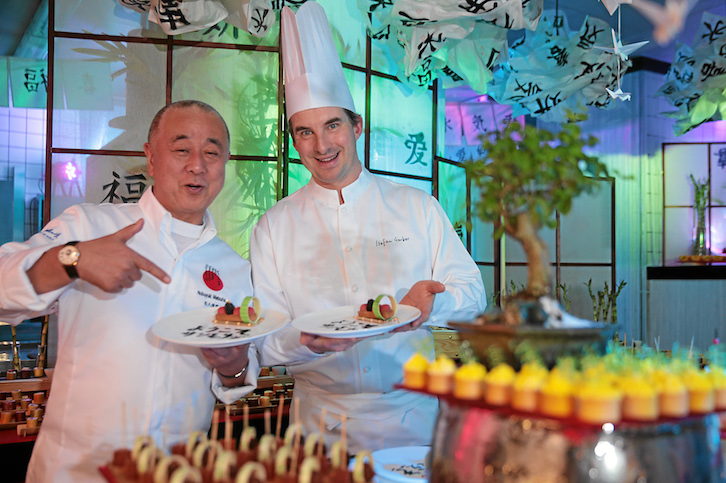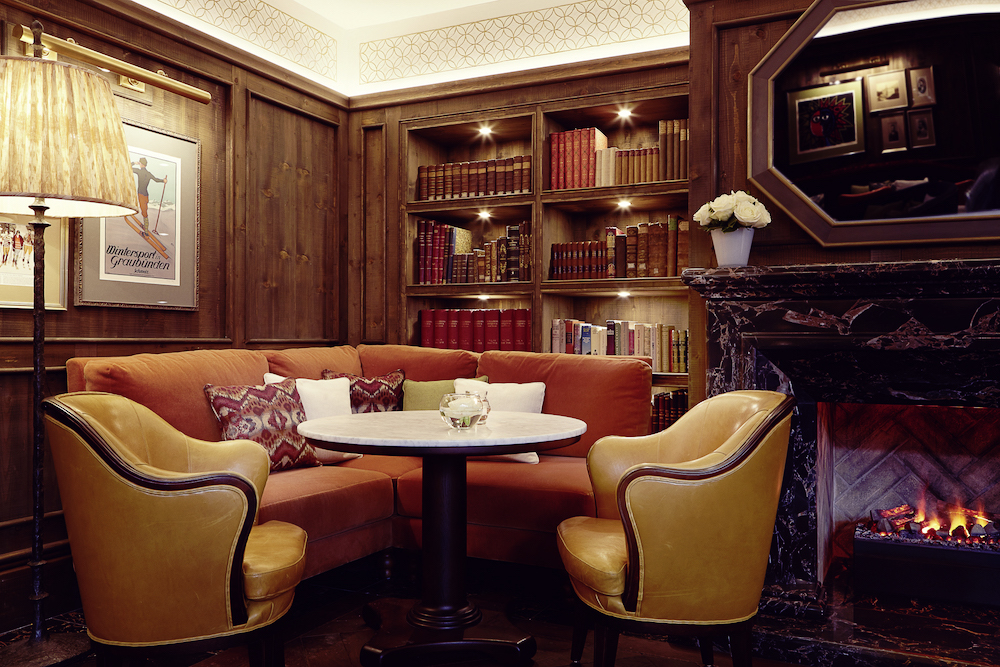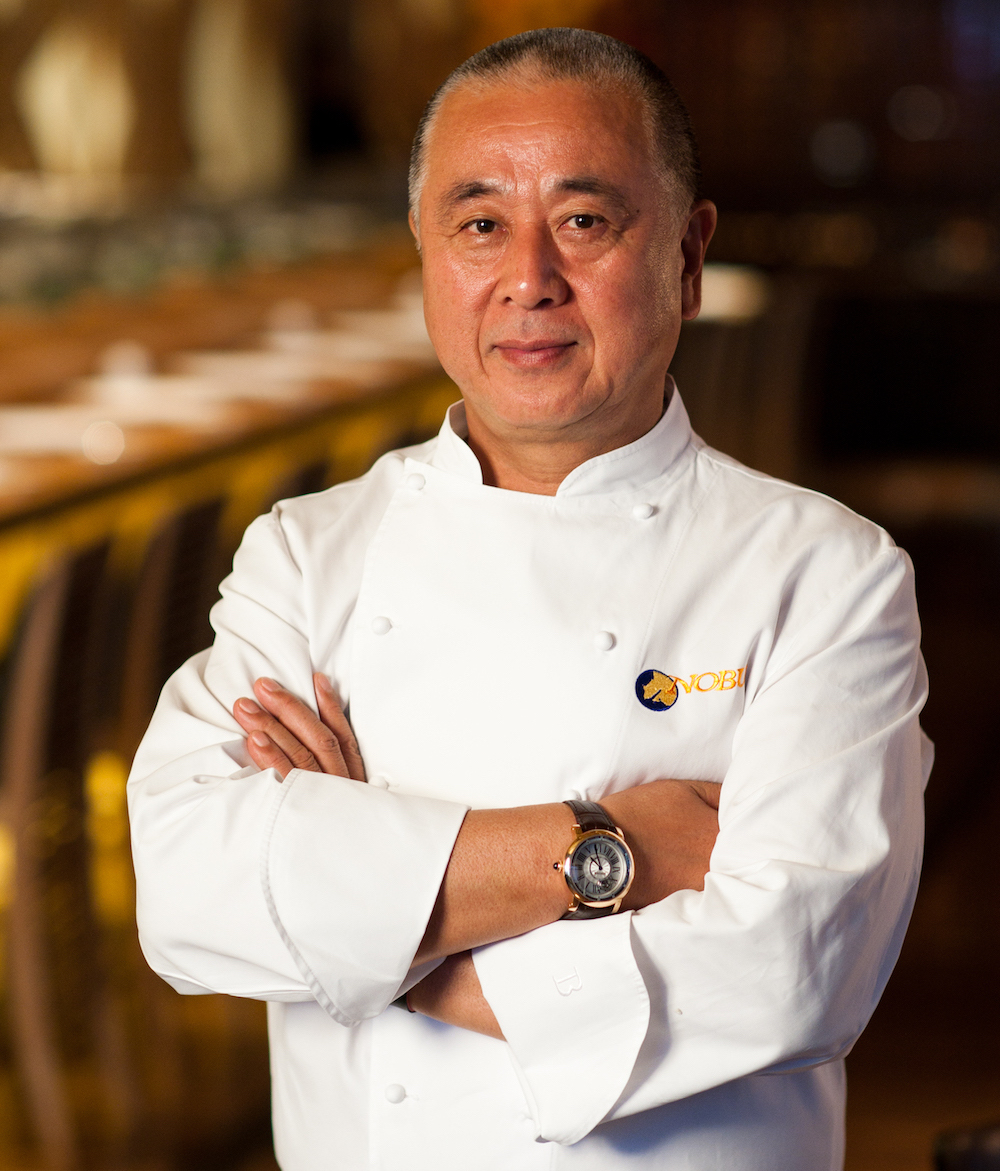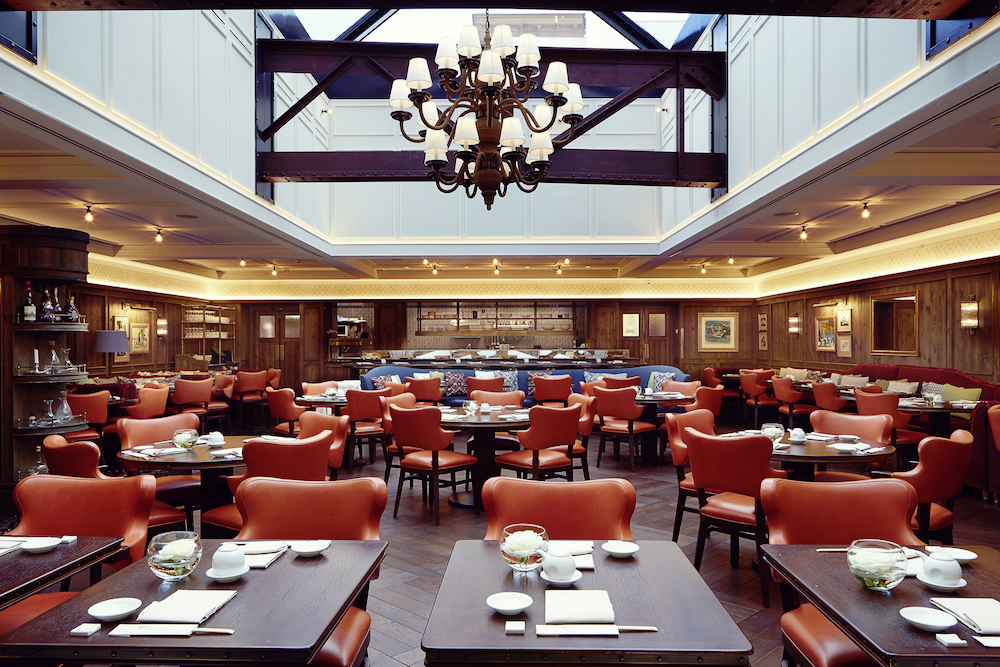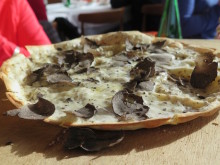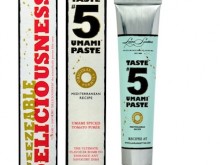Designated “one of the most influential chefs of the decade,” Nobu Matsuhisa wears his many accolades lightly. As gregarious as he is gifted, Matsuhisa has often insisted that much of his success derives from “kokoro”: a bit of heart in his cuisine that conveys his passion for his art.
One of nine guest chefs participating in the 2016 St. Moritz Gourmet Festival with the theme “Yokoso Nippon,” Matsuhisa co-hosted the festival’s sold-out Kitchen Party in the expansive kitchens of Badrutt’s Palace Hotel.
Seated in the lounge of his signature restaurant Matsuhisa@Badrutt’s Palace, the celebrated chef paused for a few minutes to reflect upon his illustrious career. Raised by his mother after his father’s premature death, Matsuhisa states, “Every child always seeks his mother’s food – or milk. I learned balance from my mother, alongside a passion for food.”
Nearly thirty years have passed since Matsuhisa opened his eponymous restaurant on La Cienega Boulevard in Beverly Hills in 1987. Learning the art of sushi during his formative years, Matsuhisa recalls that “Back then, sushi was a private language, like a dialect.”
With 32 restaurants in 28 cities around the world, as well as hotels in Vegas and Manila, Matsuhisa sits atop a global culinary empire – and yet his heart remains in Japan. On his recent television series for Discovery titled Nobu’s Japan, the chef travels to some of the lesser-known regions of Japan to discover the culinary heritage of his homeland.
As a young man, Matsuhisa’s relocation from Japan to Peru transformed his understanding of cuisine. As he states, “Japan is fish, but Peru is ceviche. Ceviche marinated for more than six hours.”
One of the chef’s epiphanies about Peruvian cuisine was the import of “leche de tigre” (or tiger’s milk, the natural juices that form the broth in ceviche), which is widely believed to be a cure for hangover as well as an aphrodisiac.
The lessons learned in Peru combined with Matsuhisa’s exceptional understanding of Japanese cooking have resulted in the chef’s unique amalgamation of Japanese cuisine with Latin-American influences.
Throughout the 2016 St. Moritz Gourmet Festival, Matsuhisa@Badrutt’s Palace offered the chef’s Gourmet Dinner, an extraordinary tasting menu created for the festival that included yellow tail jalapeno, rock shrimp tempura, and black cod. Matsuhisa also invited guests to his “Chef’s Table” in the kitchens of Badrutt’s Palace for the festival’s Gourmet Safari.
When asked what culinary fragrance embodies his childhood in Japan, Matsuhisa’s immediate answer is “Dashi. The base of umami.” For many, Matsuhisa’s signature dish is black cod in miso, a dish of such lasting popularity that it might well define his legacy – yet Matsuhisa imagines that his more significant contribution might be as the chef who forged the way for “the global introduction of Japanese cuisine” while focusing on “the simplicity and integrity of ingredients.”
In thinking about how dining has changed throughout his career, Matsuhisa says, “People understand more about food – more healthy, more fresh. And eating and exercise. People exercise now.” He smiles. “I eat everything – and exercise.”

